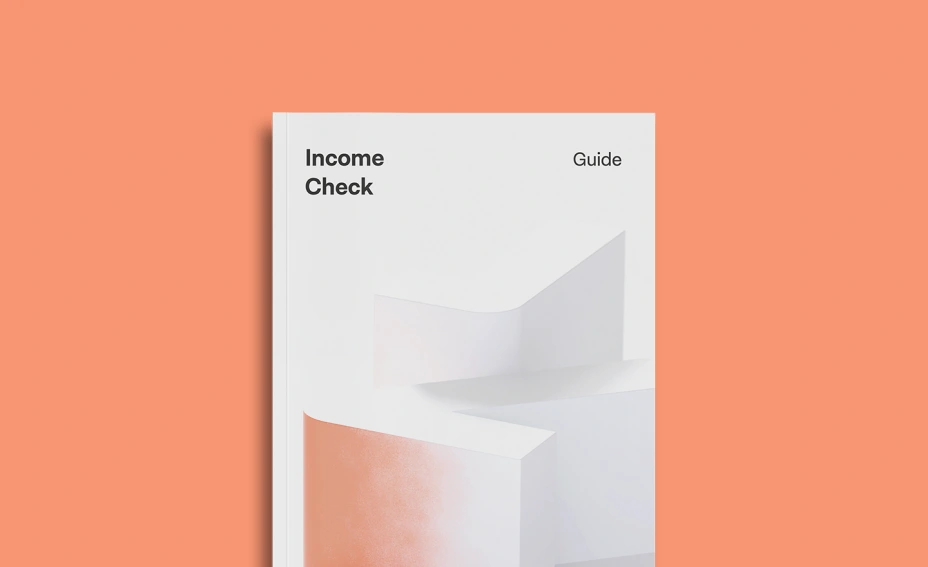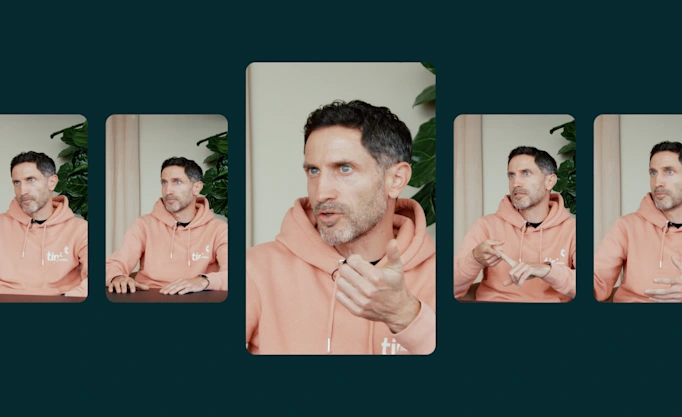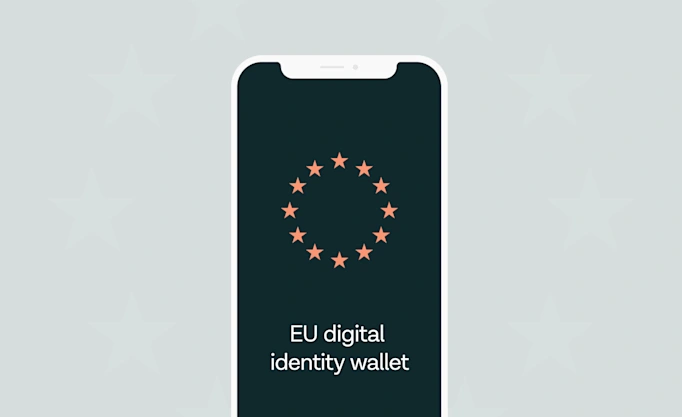How open banking simplifies income verification

Income verification helps protect both businesses and consumers. Find out more about what it’s used for, how it usually works – and how open banking can make verifying income a much smoother experience for everyone involved.
Income verification helps businesses confirm the income of a prospective borrower, reducing financial risk for both businesses and customers.
For a long time, income verification processes relied on a lot of paperwork and didn’t provide very detailed results.
Thanks to open banking, income verification can be done in a faster, smoother and more accurate way than before.
When we think of income verification, the first thing that comes to mind is getting a loan. But it isn’t just lenders who use income verification. Landlords and property rental services, for instance, require proof of income to make certain that the tenant can pay the rent. Investment brokers and pension advisors can also use it to provide a better service to their customers.
Verifying someone’s income is a sustainable business practice because it lessens the risk of lending (or renting) to people who are unable to repay. And it’s beneficial for customers too, as it protects them from over-extending themselves and getting into a situation where they default on their loans or can’t afford their rent.
Income verification is straightforward – verifying income over a certain period of time. But the process for getting this information wasn’t always so easy.
Why income verification needs simplifying
Long ago, in a century not so far away, getting a loan or renting an apartment meant filling out a bunch of paperwork, bringing in the last three current payslips, bank statements and tax return statements. Then everyone waited days, if not weeks before getting an answer once everything was verified.
So, what’s the problem with that?
First, the information received is not the full picture. Bank statements only show what is going in and out of that account for the last month or two. What if the customer uses more than one bank or has other accounts? Payslips and tax return statements only show taxable income, not tipped income or any other regular deposits. Basically, the old school way was an incomplete look at a customer’s financial data.
Second, this is not very convenient – for businesses or customers, especially in the digital space we live in. Today, businesses and customers expect a seamless, frictionless and personalised digital experience. We order taxis, food, clothing and furniture all online. With a push of a button, or rather a tap on the screen, we ‘add to basket’ and pay for our items without leaving the comfort of our homes.
Open banking – removing friction
The barriers associated with digital services have fallen over the last few years thanks to open banking and the Revised Payment Services Directive (PSD2). Income verification no longer takes days or weeks – it takes seconds.
Instead of handling a stack of papers, customers can connect their bank account(s) and securely consent to share their data, which can be immediately fetched and analysed to make out different income streams. Almost instantly the business and the customer have an answer.
This is great for businesses and consumers, because it saves everyone time and stress by providing a fast, frictionless process. It also improves results as decisions can be made based on the full picture of the customer’s finances, not just a snippet. With more information, businesses can offer a more personalised service – which benefits their customers as well.
Want to know more?
Read our income verification guide to take a closer look at the most common verification methods out there, and how they stack up to customer expectations. If you’re already looking for an open banking solution to income verification, check out Tink’s Income Check product page.
More in Open banking

2025-06-09
11 min read
The case for “Pay by Bank” as a global term
Thomas Gmelch argues that "Pay by Bank" should be adopted as a standard term for open banking-powered account-to-account payments to reduce confusion, build trust, and boost adoption across the industry.
Read more

2025-06-02
3 min read
Tink joins Visa A2A – what it means for Pay by Bank and VRP
Visa A2A brings an enhanced framework to Pay by Bank and variable recurring payments (VRP) in the UK, and Tink is excited to be one of the first members of this new solution.
Read more

2024-11-19
12 min read
From authentication to authorisation: Navigating the changes with eIDAS 2.0
Discover how the eIDAS 2.0 regulation is set to transform digital identity and payment processes across the EU, promising seamless authentication, enhanced security, and a future where forgotten passwords and cumbersome paperwork are a thing of the past.
Read more
Get started with Tink
Contact our team to learn more about what we can help you build – or create an account to get started right away.
